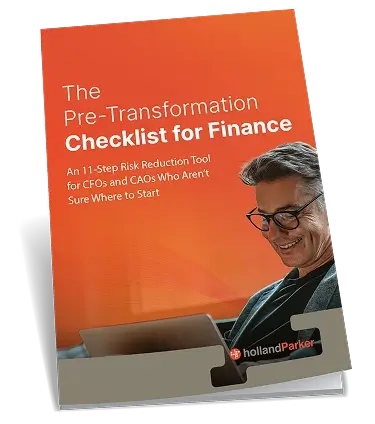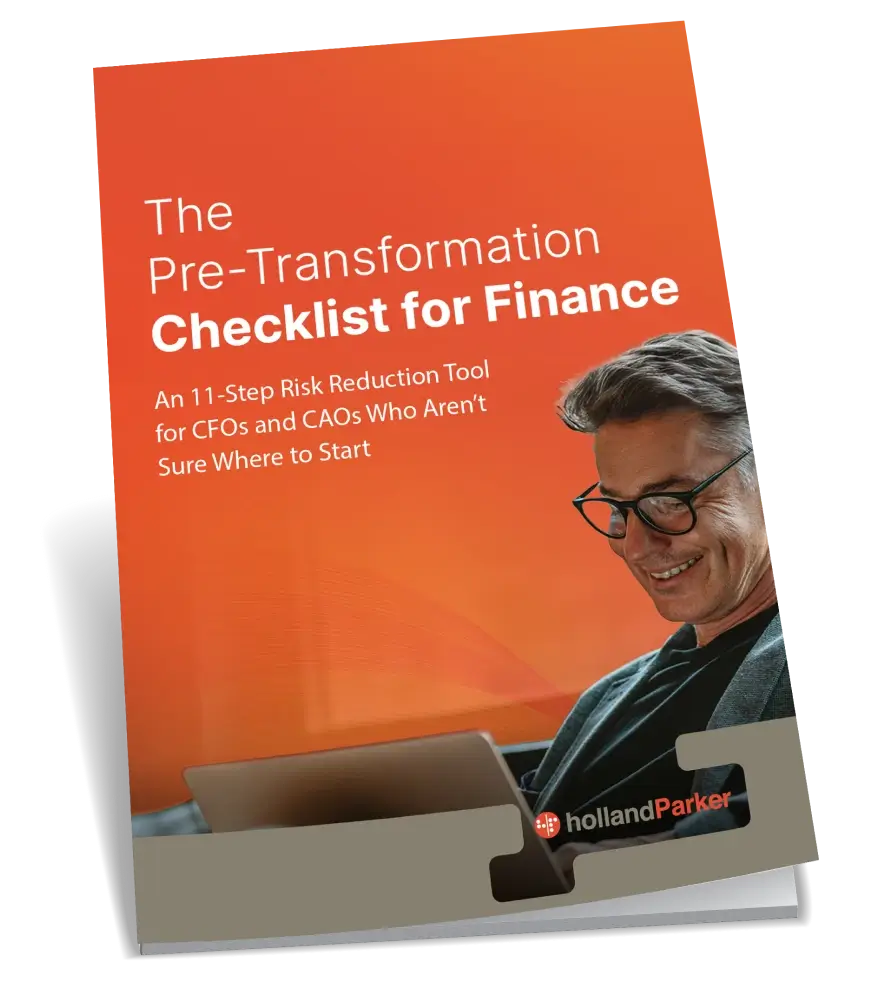In light of the global health crisis, businesses and finance leaders have been forced to re-evaluate their current budgeting methods and maximize their spending efficiencies. Fortunately, zero-based budgeting (ZBB) has emerged as a viable alternative to traditional driver-based planning or annual operating plans.
CFOs recognize that now is the time to embrace the ZBB approach for flexible and comprehensive budget creation. However, it is not a simple process to make this transition. We encourage you to find out more about how to seamlessly integrate ZBB into your organization to realize the most benefits while also avoiding costly mistakes.
Overcoming Misconceptions About Zero-Based Budgeting
The success of any strategy depends on the quality of its implementation, and zero-based budgeting is no different. Most of the hesitancy around ZBB stems from the consequences of poor integration.
Keep in mind that ZBB is an innovative budgeting strategy that forces companies to evaluate their budgeting needs based on present expectations, not past performance. It’s very disruptive for organizations that are accustomed to the traditional budgeting approach. The reason for this is that budget benchmarks can encourage business teams and units to spend all of their allocated capital, not save it.
With ZBB, each expenditure needs to be justified by respective team members in order for the expenditure to be approved. Because of this, some management teams are apprehensive about ZBB adoption because of the possible political maneuverings that may arise in the fight for budgetary considerations.
When ZBB is deployed correctly, however, it can actually unify organizations around achieving their desired budgeting goals. The problem is that not all ZBB transitions are correctly managed — or organizations lack the proper software tools to support ZBB.
For ZBB to be an effective, cost-optimizing tool for your organization, you need to drive toward universal buy-in from all teams and stakeholders that are impacted by the change. To do that, finance leaders need to follow these steps for successful zero-based budgeting implementation.
Our Recommended Zero-Based Budgeting Steps
Consider these key steps in the ZBB implementation process to achieve seamless integration and swift buy-in.
1.Select the Right CPM Software Platform
Due to the size and complexity of modern business, software tools have become integral components of how organizations operate on a daily basis. Unfortunately, not every solution is going to suit your business, nor your objectives.
For CFOs and other Finance leaders looking to successfully implement zero-based budgeting, we recommend migrating to the OneStream™ XF SmartCPM™ software platform. OneStream XF is a sophisticated, adaptable CPM that enables Finance leaders to achieve their objectives with ZBB.
Why should Finance leaders use OneStream to implement ZBB? The benefit of using a CPM like OneStream XF is that it is able to blend both relational and OLAP data, also known as relational blending. What this means is that OneStream can extract and present company data in a detailed way that doesn’t compromise the readability or the purpose of the particular budget. This maximizes the flexibility of a business’s data capture and allows your finance team to quickly and easily update data.
After selecting and migrating to the leading CPM software platform in the market, your organization will be prepared to manage the change that comes with facilitating ZBB integration.
2. Develop A Change Management Plan
Change is one of the most challenging consequences of innovation. That is because employees, management, and company leaders are often resistant to change. As creatures of habit, it can be difficult to adopt a whole new practice, especially when millions of dollars are on the line in budgeting.
With every new solution, there are additional costs that can be incurred, such as overcoming learning curves and initial inefficiencies. But, by developing a goal-oriented change management plan, finance leaders can minimize the number of operational inefficiencies and plan out the time needed to train, transition, and orientate team members to the new software and budget approach.
3.Educate Your Team
As mentioned before, in order for your zero-based budgeting approach to succeed, you need company-wide support. The best way to gain support is to develop a training program to educate your teams on the purpose of ZBB, the methodology, the desired outcomes, and the positive benefits of taking this approach.
OneStream XF is the ideal tool to support this educational process. Consider providing training to your team on the automation features and other budget enhancements that enable finance teams to use their time effectively. The more prepared your team is for the transition to ZBB, the more likely you will be able to maximize its effectiveness.
Consider Employing Expert Assistance from HollandParker
Transforming your budgeting process through the power of new technology and a new methodology will likely require expert support. Perhaps your organization lacks knowledge, resources, or time to support the transition. That’s where our CPM consulting firm can help.
As a Diamond OneStream implementation partner, we will work with your team to evaluate your organizational needs, create the right-size project scope to support the transition to ZBB and OneStream XF, and facilitate their migration to the OneStream XF software platform.
By leveraging the power and capabilities of OneStream and the industry-leading expertise of our team, your organization will be equipped to successfully implement a zero-based budgeting system that fits your business.
– Contact us today to schedule a consultation about zero-based budgeting steps and migration to OneStream XF. We will help make the transition as seamless as possible.







